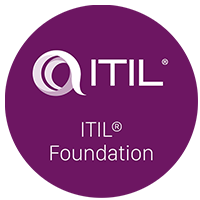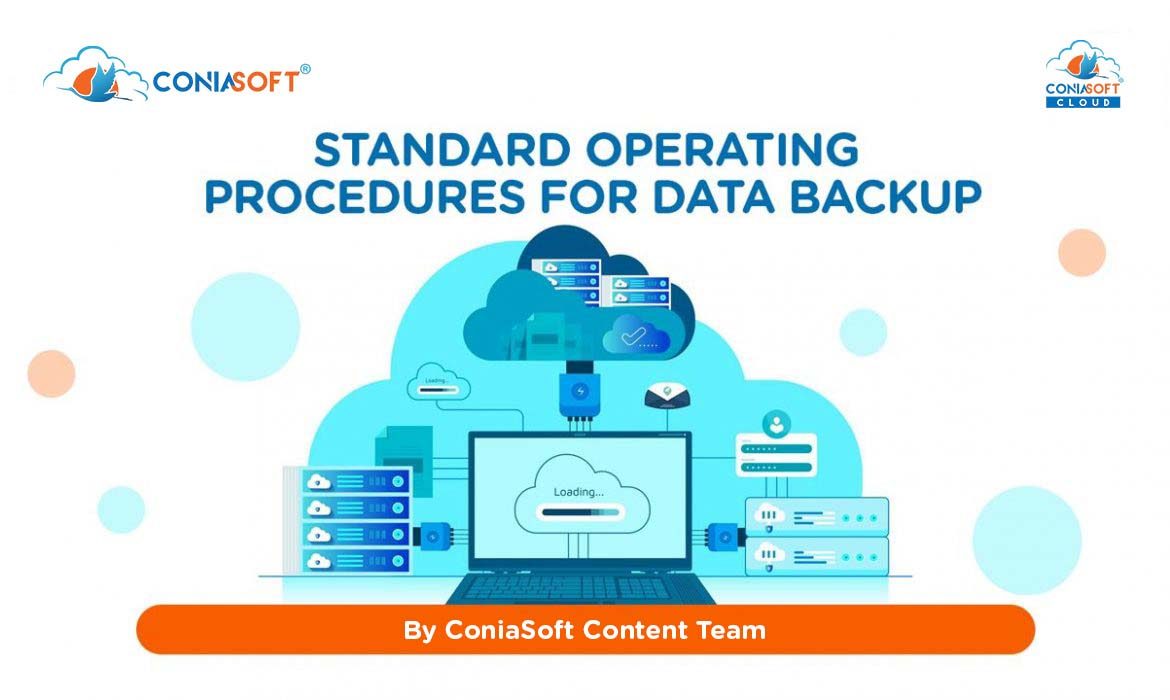Data should be kept in a safe place that is easy to access as part of best practices for data backup strategies. Data backup locations should be in different physical or cloud areas. Having a backup mechanism enabled helps prevent data loss from device malfunction, natural disasters, file corruption, malware, or malicious people. A backup strategy also offers instructions on setting up the appropriate systems and procedures to reduce the time spent attempting to restore files, gather data, or redo any cleaning or analysis.
Establish data governance and storage expenditure retention periods and map them to backup schedules to optimise your backup strategy. Depending on the needs of the business, you might keep backups for hourly, daily, weekly, or monthly intervals. Specify goals, systems, tools, processes, roles, responsibilities, backup time, and retention schedules in your backup policies and procedures documents. For added data security, encrypt files and ensure backup locations are safe. Regularly back up your data, with the frequency varied based on the data. While some data backups may be done periodically (daily, at night, or weekly), others may be done just occasionally.
Regular data backup checks must maintain data security. The frequency may be higher depending on the size and resources of the organisation. Use a 3-2-1 data backup technique to offer additional layers of redundancy. The original copy and at least two backup copies of the data must be kept along with the original. Use two separate kinds of storage—internal and external hard drives, for example—and preserve one copy offshore. This makes sure that data is backed up and kept in numerous documents. A backup solution must have remote storage, ideally off-site but on a different system. A dedicated physical server and the cloud can be used for data backup.
What exactly is a Business Continuity and Disaster Recovery (BCDR) Plan?
An organisation’s response to a disaster can be aided by a programme called a business continuity and disaster recovery (BCDR) plan, which lays out the procedures and specifies the resources (such as systems and people) required. In the short- and long-term, this entails preserving operations continuity to the greatest extent possible and hastening recovery. Organisations may respond to disasters and recover swiftly and with little disruption by having a BCDR plan.
Steps to Follow When Implementing a Business Continuity and Disaster Recovery (BCDR) Plan
- Roles and responsibilities should be defined and assigned.
- Analyse the impact on the company.
- Create a recovery plan.
- Check the strategy and backups.
- If there is an interruption, put the plan into action.
- Review, evaluate, and keep the plan current.
Why BCDR Plans are Necessary for Organisations
A BCDR plan is necessary for organisations since it:
- Decreases general risk
- Enables swift response to calamities, allowing for the quickest possible restart of operations
- Facilitates adherence to data management industry regulations
Automatic backups can back up and store data from many systems without human involvement. Constant maintenance and upgrades are required to guarantee system functionality and avoid corruption. Scan scans should be run to find fresh data to add or remove from backups. Regular maintenance and upgrades are necessary to preserve the system’s integrity and avoid data corruption.
Automated backup solutions allow businesses to: automate backup retention and expiration policies; centrally manage backups; configure lifecycle policies; create, apply, and update policies to satisfy internal and regulatory compliance requirements; encrypt backed-up data; enforce data access controls; set schedules; store periodic backups incrementally; use tags to apply policies; maintain a view of backups and activity logs; view job status and restore jobs from a single location; and automate backup encryption; all of which are essential for meeting compliance These characteristics guarantee data security and conformity.
There are three automated backup techniques: complete, differential, and incremental backups. A full backup creates a complete copy of a set of data sources, whereas a differential backup copies only the material that has changed since the last full backup. Adding encryption to files increases data security. While incremental backups create a first full backup and store changes since the previous backup, restoration times are longer. Eliminating human error, speeding up data recovery after a loss, gaining visibility into backups, improving internal and compliance auditing, increasing security by incorporating data encryption, decreasing the amount of time IT staff spends on manual tasks, saving time and space with synced backups, and scheduling data in backups by retention policies are all advantages of automating backups.
Choose a method for your data backup plan.
Data backups can be done in various ways, and there are recommended practices to help. Regardless of the backup mechanism chosen, the primary best approach is to store data backups in a secure location, preferably off-site or in cloud storage.
The organisation’s backup approach will impact how quickly and easily operations can be restarted if a business continuity and disaster recovery plan needs to be implemented.


















